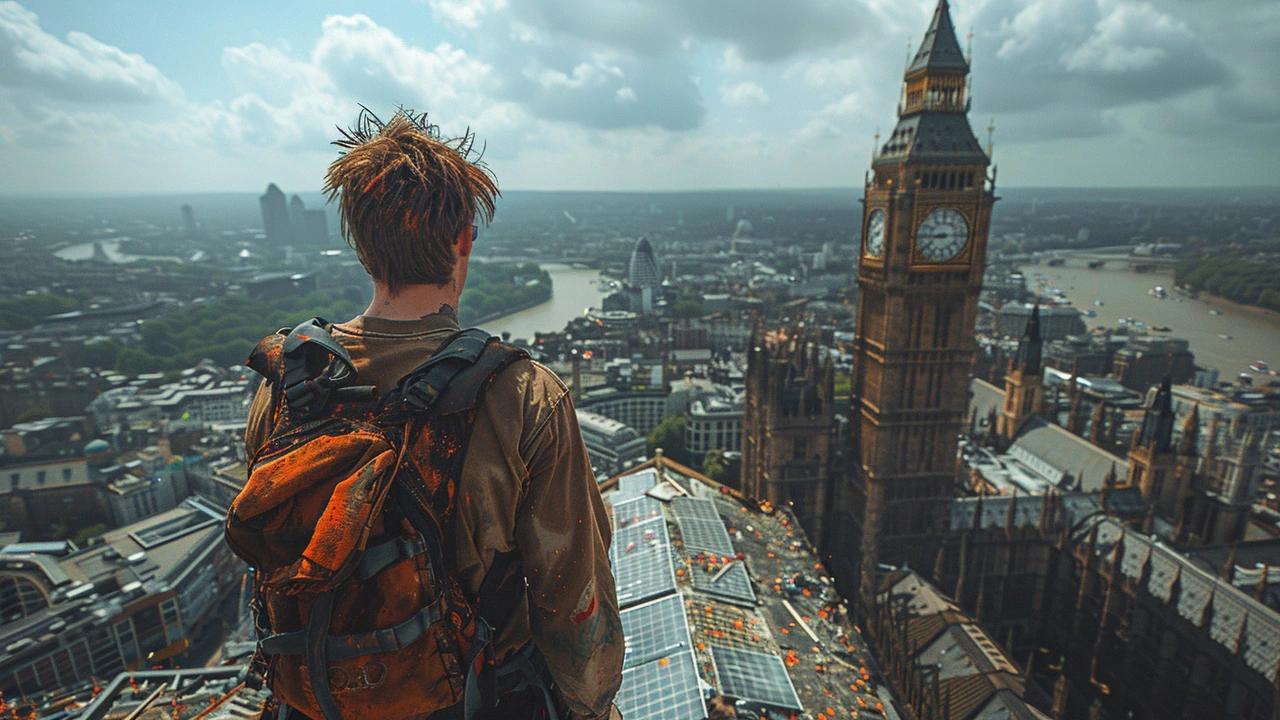Tracing the Green Path: The Evolution of Sustainable Architecture Over Time
 Feb, 20 2024
Feb, 20 2024
Ancient Roots of Eco-Friendly Design
The concept of sustainable architecture is far from a modern invention; it actually has its roots deeply embedded in ancient civilizations. These cultures intuitively understood the importance of living in harmony with nature, long before the term 'sustainability' entered our lexicon. For instance, ancient Egyptians strategically oriented their buildings to take advantage of the cooling winds along the Nile, while traditional Native American teepees were designed for portability, minimal land impact, and efficient heating and cooling.
Similarly, the ancient Greeks practiced passive solar design, positioning their buildings to optimize sunlight during the chilly winters, a technique that significantly reduced the need for artificial heating. This early understanding and respect for the environment's natural rhythms set the groundwork for today's sustainable architecture principles.
The Industrial Revolution and Its Aftermath
The industrial era brought unprecedented advancements, but it also introduced new challenges in the realm of sustainable living. The mass production of building materials and a growing penchant for towering, steel-framed skyscrapers in the early 20th century marked a departure from eco-friendly practices. However, the subsequent environmental movement of the 1960s and '70s sparked a renewed interest in sustainability. Architects and urban planners began to reconsider traditional approaches and sought to design buildings that were not only aesthetically pleasing but also environmentally conscious.
Modern Innovations in Sustainable Architecture
Today, sustainable architecture is characterized by an innovative blend of old and new technologies. Architects now have access to advanced materials and technologies such as photovoltaic cells, green roofs, and rainwater harvesting systems. These technologies enable the construction of buildings that produce as much energy as they consume, known as net-zero buildings. One standout example is the Bullitt Center in Seattle, Washington, heralded as the greenest commercial building in the world, which generates all of its own electricity and water on-site.
Another significant trend is the integration of biophilic design principles, which aim to connect building occupants more closely with nature. Features like living walls, natural lighting, and open spaces that promote airflow are becoming increasingly common in office buildings and homes alike.
Case Studies: Exemplars of Green Building
Let's zoom in on some exemplary projects that epitomize the principles of sustainable architecture. The Edge in Amsterdam, for instance, is often cited as one of the most sustainable office buildings globally. It utilizes an extensive array of solar panels, rainwater collection systems, and an ingenious use of natural light to minimize energy consumption.
In the residential sector, the Passive House Standard has set a new benchmark for energy efficiency. Originating in Germany, this rigorous standard results in homes that require minimal heating or cooling, showcasing that high levels of energy efficiency and comfort can coexist harmoniously.
Future Directions and How You Can Contribute
As we look to the future, the momentum towards sustainable architecture only seems to be accelerating. Innovations such as 3D printed buildings using eco-friendly materials and the exploration of vertical forests offer glimpses into the potential future of green building. However, sustainability isn't just the concern of architects and city planners; it's something we can all contribute to. Simple actions like enhancing natural light, using energy-efficient appliances, and selecting sustainably sourced materials can make our homes and workspaces greener.
Moreover, advocating for green policies and practices in our communities can drive larger systemic changes, making sustainable living the norm rather than the exception.